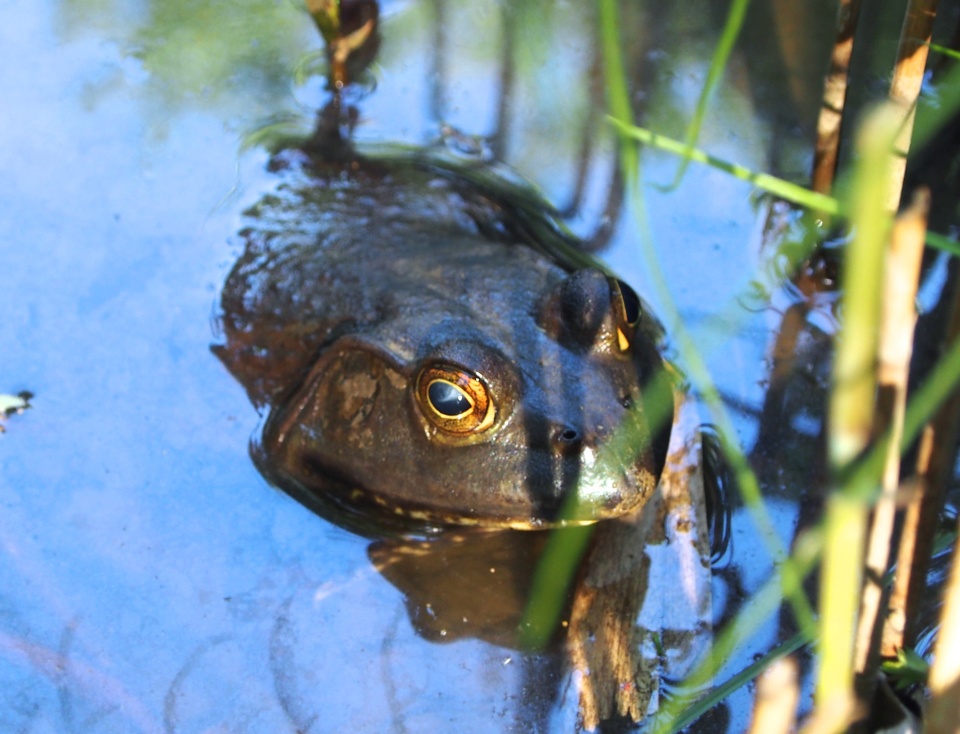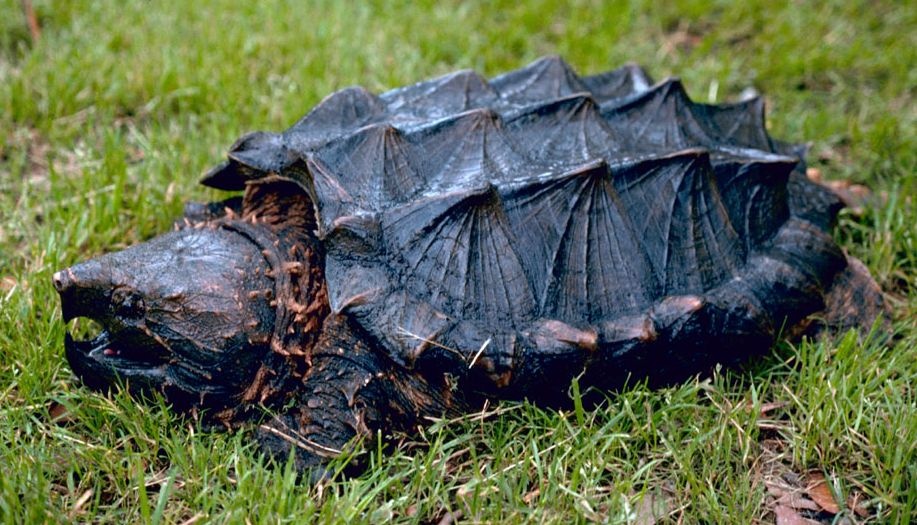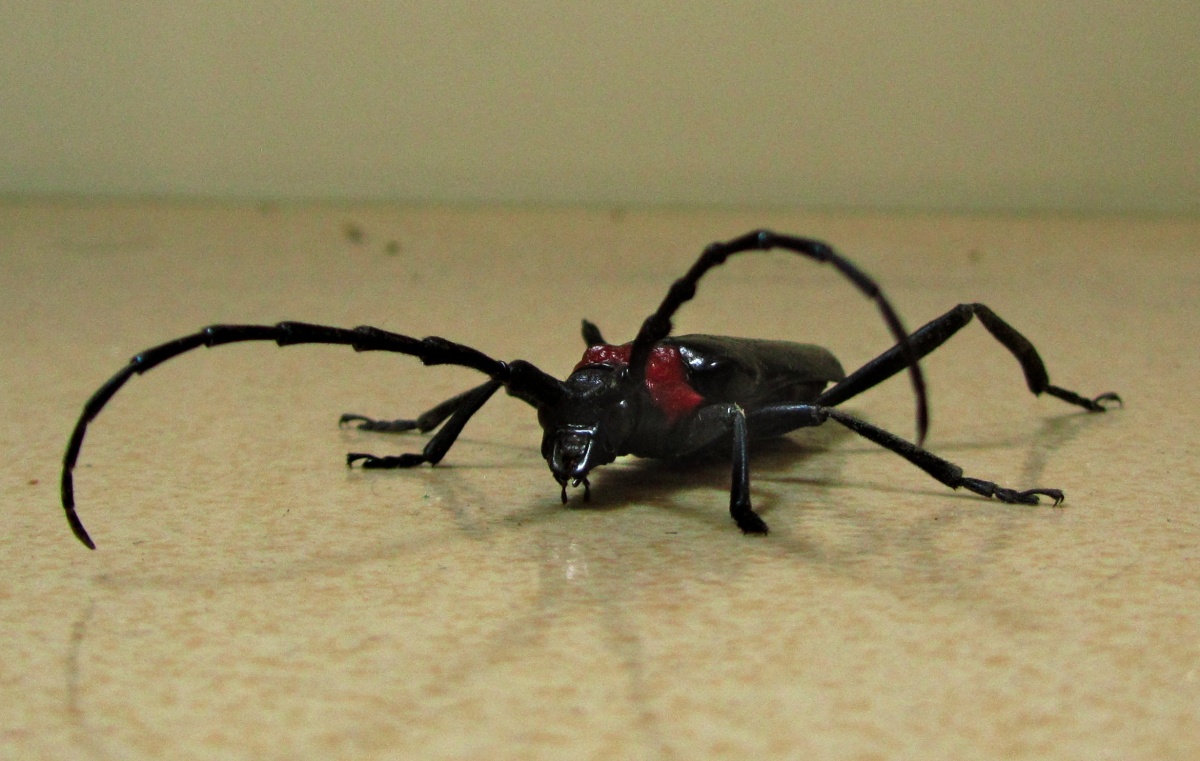How 'Alien Species' Invade Japan
Species within an ecosystem evolve together over millions of years, each developing specialised strategies to defend against predators. Invasive species generally cause havoc because they end up dominating environments they invade. Below are some ways invasive species have entered and affected Japanese ecosystems.
By FloAs a Food Resource
The American Bullfrog (Rana catesbeina) was deliberately introduced to Japan from the U.S. back in 1918 as a food resource. Due to a lack of natural predators however, American Bullfrogs that escaped into the wild successfully reproduced throughout the country. The American Bullfrog poses a high threat to native frog species as it out-competes them for food and preys on native insects. Keeping, transporting and importing American Bullfrogs has been prohibited in Japan since it was labeled as an invasive species.
As Domestic Pets
It's easy to understand why Japanese environmentalists are so nervous about these guys if you know a bit about them. They live to 80+ years on average, start laying eggs when they mature at 12 years, prey on aquatic animals, compete with native turtles, have no natural predators and even attack humans! Alligator Snapping Turtles (Macrochelys temminckii) were initially introduced to Japan as pets. Some owners released them into the wild and they have since been found in various places around Japan—one was even caught laying eggs in Shinobazu Pond in Ueno, Tokyo.
In Wood Products
Aromia bungii, otherwise known as the Red-necked Longhorn Beetle, has been on high alert in Japan since 2012, especially because they weaken or kill cherry blossom trees. The larvae of these beetles bore through wood and significantly weaken or kill host trees (such as peach, apricot, cherry, plum and poplars). Exactly how they entered the country is unknown but it's widely thought to be through imported products and wood packaging from other North Asian countries.






